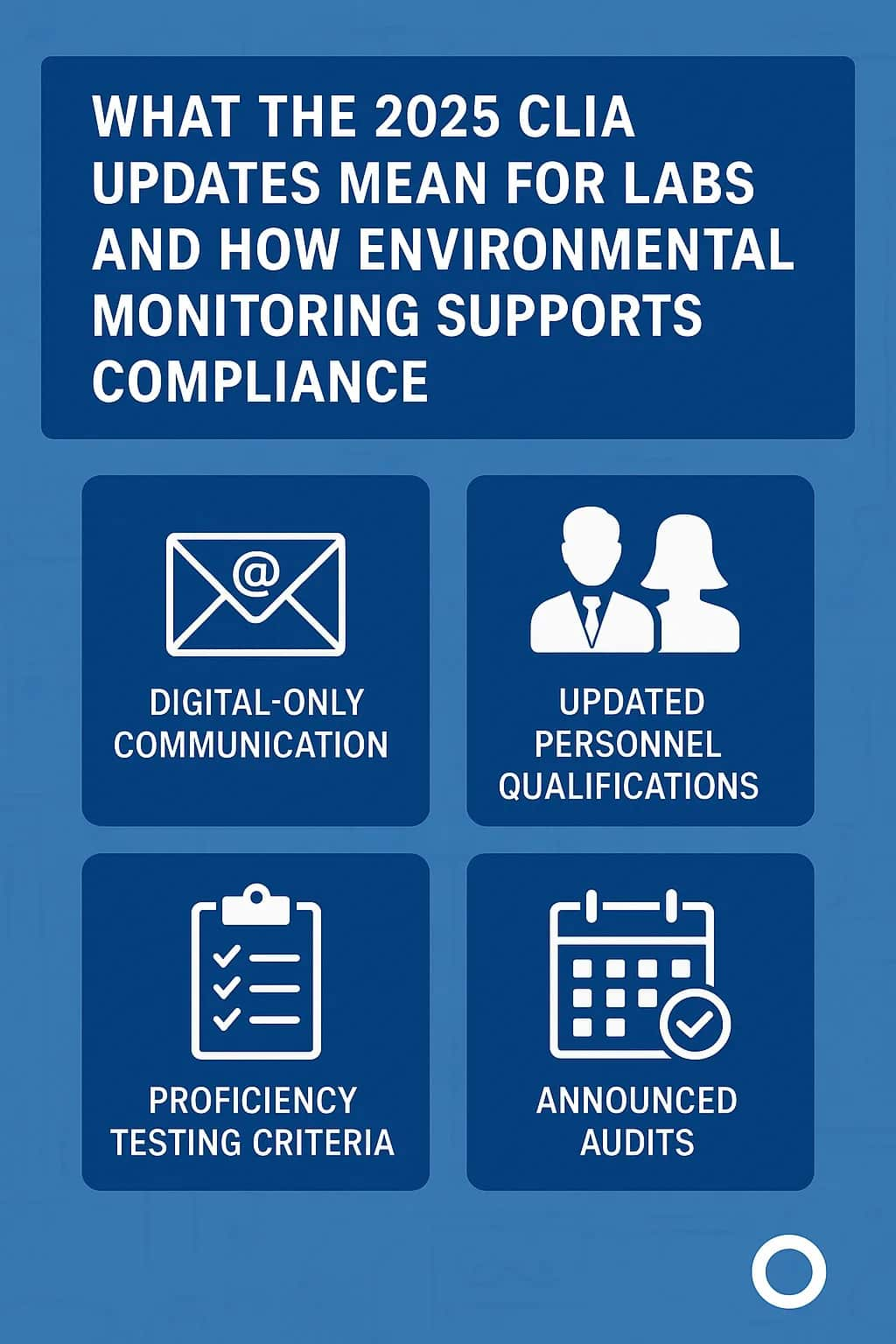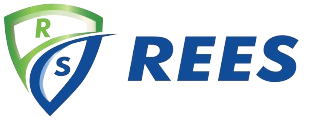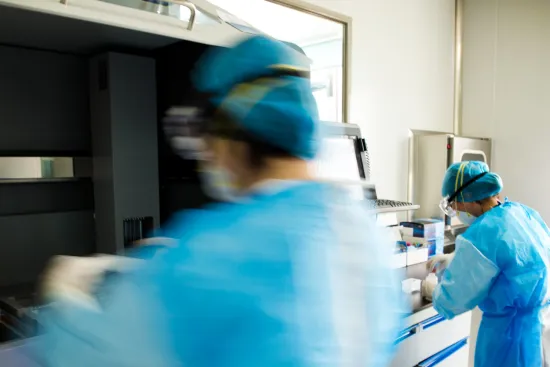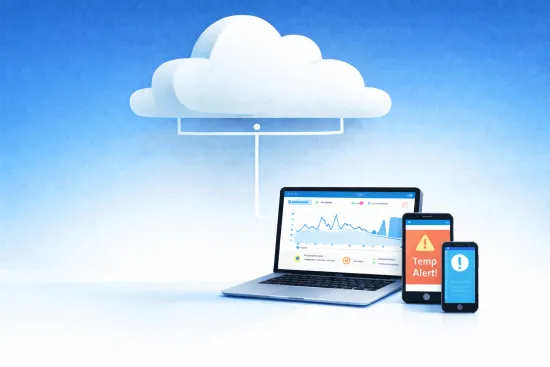EMS
What the 2025 CLIA Updates Mean for Labs and How Environmental Monitoring Supports Compliance
Author: Gagan Kaur
Sep 15, 2025

A New Era of CLIA Oversight
The Clinical Laboratory Improvement Amendments (CLIA) have long set the baseline for quality in U.S. clinical labs. In 2025, the Centers for Medicare & Medicaid Services (CMS) rolled out the first major set of CLIA updates in decades, marking a shift in laboratory compliance requirements. These changes affect how labs handle staffing, proficiency testing, and even how they receive communications from regulators.
While none of the new requirements are aimed directly at vendors, they raise the bar for labs themselves, and indirectly increase the importance of tools that support compliance, efficiency, and audit readiness.
Looking Back at CLIA Requirements
Since its creation in 1988, CLIA has set the nationwide standard for lab testing quality in the U.S. The regulations haven’t been static, but most changes in the last three decades were incremental, focused on clarifying proficiency testing rules or updating fee schedules. What makes the 2025 update stand out is that it’s the first broad overhaul in decades. Instead of minor adjustments, CMS has re-examined how labs communicate with regulators, who qualify as personnel, and how inspections are conducted. For many labs, this feels less like a routine update and more like a reset of compliance expectations
Key 2025 CLIA Changes Labs Need to Know
1. Digital-Only Communication
CMS will phase out paper mailings and rely exclusively on electronic communication. Labs must ensure their contact details are accurate and monitored so that critical notices aren’t missed.
2. Updated Personnel Qualifications
New rules tighten requirements for lab directors and staff. Certain degrees and “board eligibility only” no longer qualify, meaning labs may need to update job descriptions and documentation.
3. Proficiency Testing Criteria
Under the new 2025 CLIA regulations, standards for proficiency testing are stricter, with some newly regulated analytes added. Labs must review their PT programs and make sure their quality systems align with the updated expectations.
4. Announced Audits
CAP and other accrediting bodies can now announce inspections up to 14 days in advance. While this provides some flexibility, it also means labs need to be inspection-ready at all times.
Which Labs Will Feel These Changes Most?
All CLIA-certified labs must comply, but some settings are likely to feel the updates more directly:
- Hospital and health-system labs (single or multi-site): Tighter personnel rules and documentation consistency across sites; more coordination for announced inspections.
- High-volume reference labs: Stricter proficiency testing criteria and additional analytes increase documentation and QA pressure.
- Fertility/IVF labs: Dual oversight expectations and irreplaceable samples make audit readiness and traceability especially critical.
- Academic medical centers and research hospitals: Mixed staffing models (trainees, fellows, rotating staff) mean extra attention to qualifications and records.
- Blood and tissue banking environments within hospital networks: Chain-of-custody and storage conditions are already scrutinized; the bar for continuous documentation remains high.
- Labs with long-tenured leadership or specialized roles: “Board eligibility only” or legacy degree paths may no longer qualify; files should be reviewed for current alignment.
Why This Matters for Monitoring
These regulatory updates don’t directly change how environmental monitoring systems operate. But they do underscore the growing pressure on labs to demonstrate control, traceability, and compliance without placing extra burden on staff.
A validated Environmental Monitoring System (EMS) helps labs:
- Maintain Audit-Ready Records: Automated logs that meet CAP/CLIA standards reduce the scramble to prepare for inspections.
- Free Up Staff Time: With stricter personnel rules, automating routine monitoring tasks allows staff to focus on testing and patient care.
- Reduce Risk: Reliable monitoring and alarms protect against compliance failures and potential liability during audits.
- Support Proficiency Testing Programs: Stable, documented environmental conditions strengthen confidence in PT performance.
Where Rees Can Help
For over 40 years, Rees has partnered with labs across life sciences, healthcare, and research. Our monitoring solutions are designed with compliance in mind, backed by:
- Audit-Ready Data: Systems validated to meet regulatory standards.
- Complete Lifecycle Services: Calibration, validation, and preventative maintenance.
- 24/7/365 Support: The largest service force in the industry, available whenever labs need help.
While CLIA sets the rules, we help labs stay ready with validated monitoring and reliable records.
Frequently Asked Questions
1. Do the new CLIA rules apply to all labs?
Yes. Any U.S. lab performing human diagnostic testing under CLIA certification must comply with the updated requirements.
2. Will labs need to replace staff who no longer meet qualification rules?
Not necessarily. Existing staff may be “grandfathered in,” but labs should review personnel files to ensure current documentation supports compliance.
3. How do announced inspections change audit preparation?
Labs may get up to 14 days’ notice, but inspectors expect to see real-time compliance, not rushed, last-minute fixes. Continuous readiness is key.
4. Does environmental monitoring count toward proficiency testing compliance?
Indirectly, yes. Stable environmental conditions documented by an EMS support consistent test performance and make PT results more defensible.
5. Is Rees affected by these regulatory updates?
The rules target labs, not vendors. However, they increase the value of having an EMS partner that can provide validated systems, reliable service, and audit-ready documentation.
Final Thought
Regulations evolve, but the core expectation remains the same: labs must protect the integrity of their testing and the trust of their patients. The 2025 CLIA updates raise the bar, and tools like environmental monitoring can help labs clear it with confidence.
If your lab is preparing for inspections under the updated CLIA requirements, having audit-ready monitoring and documentation can make the process smoother. Our team is here to help with reliable systems and support that ease the compliance burden. Contact Us Today!



